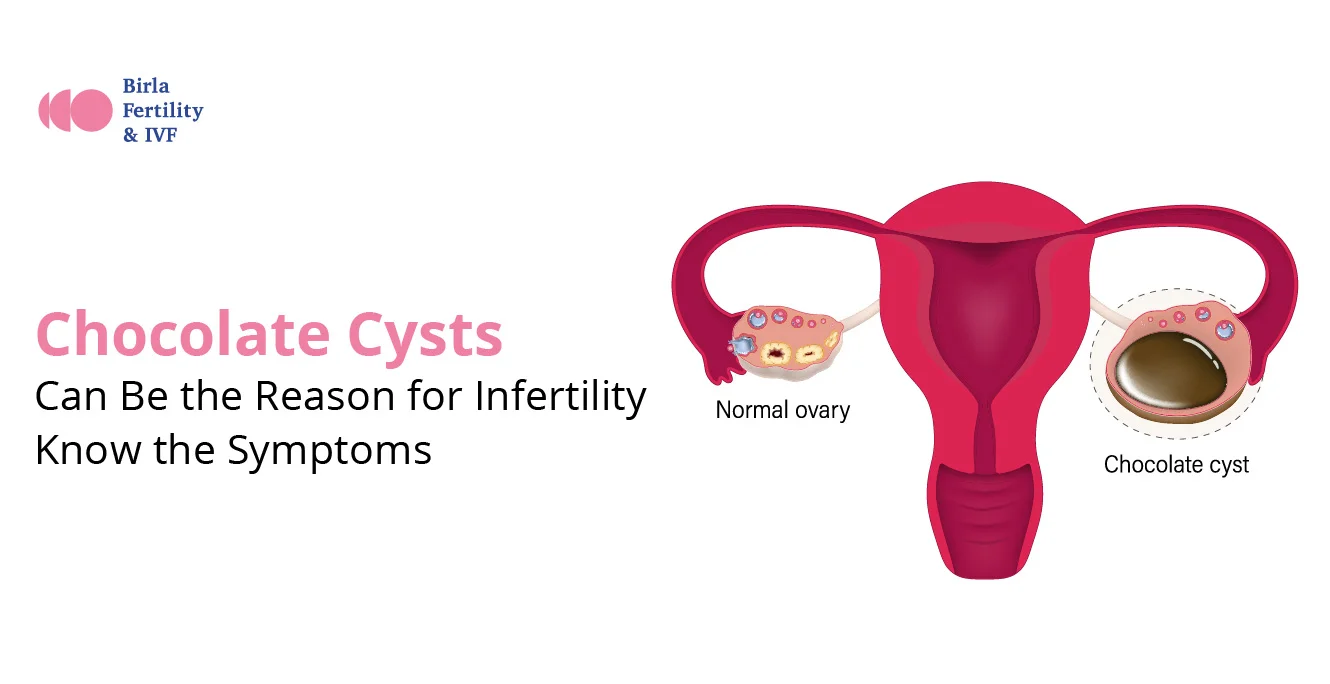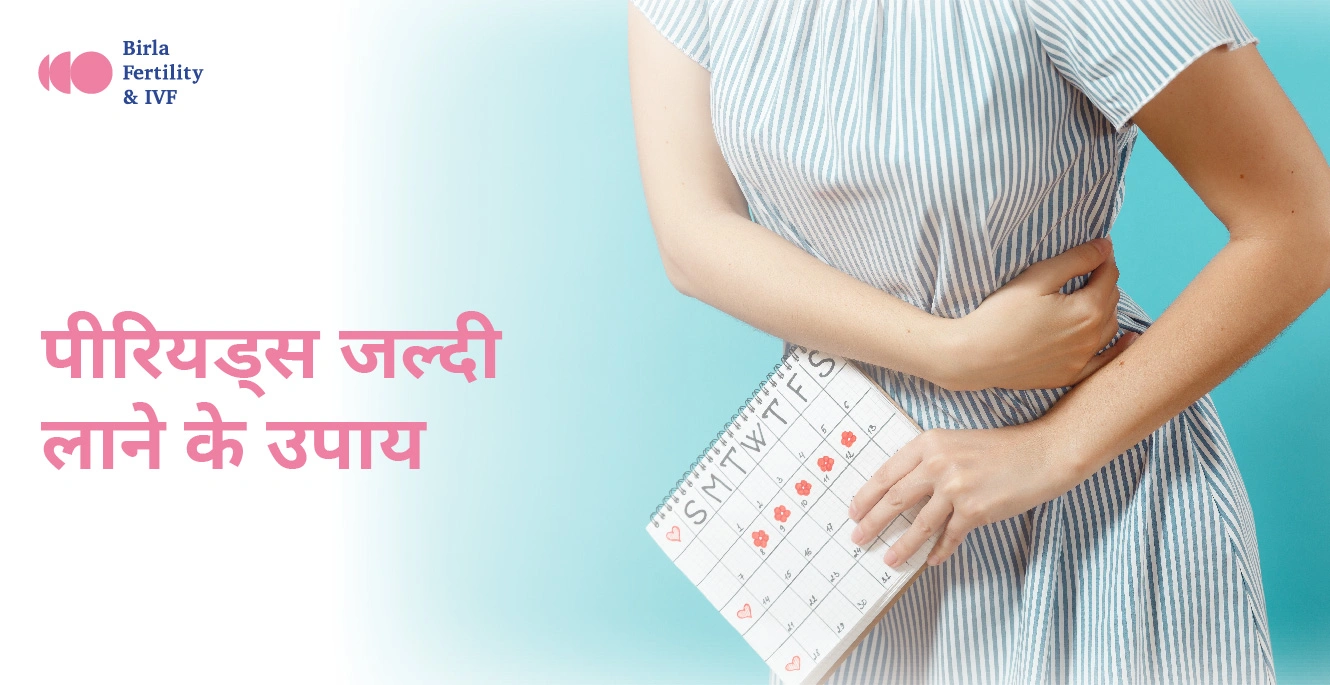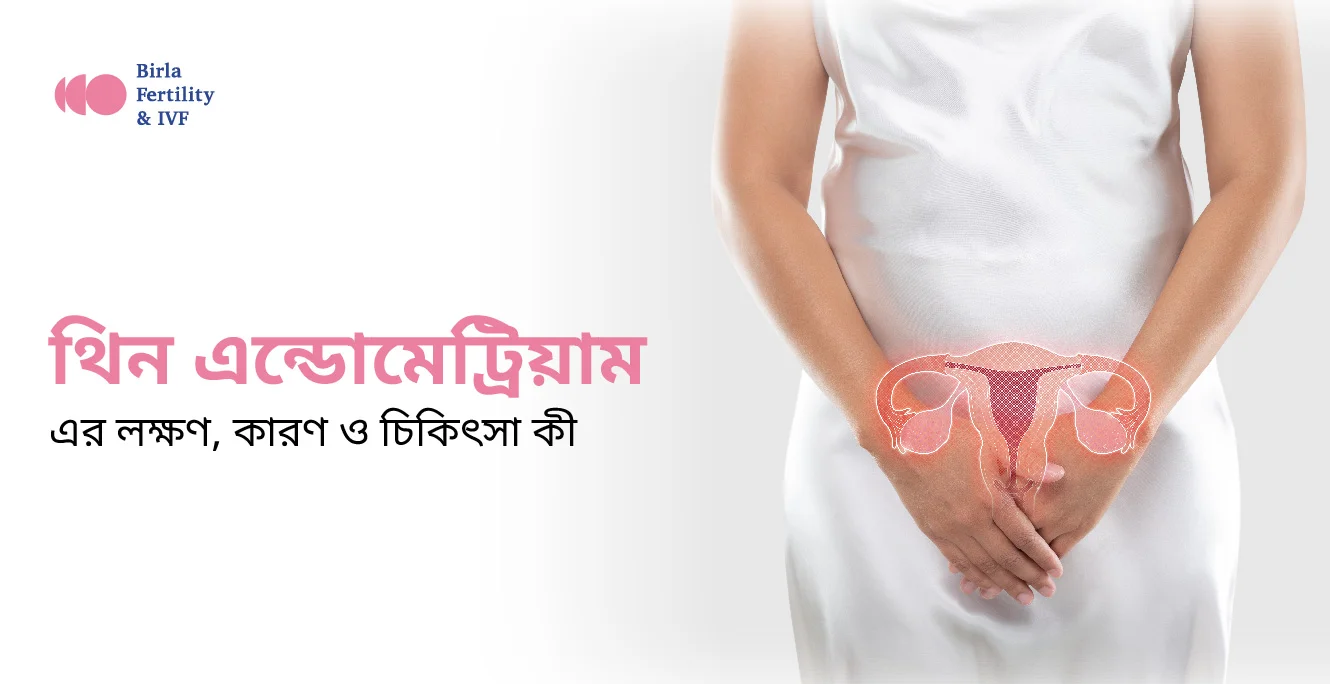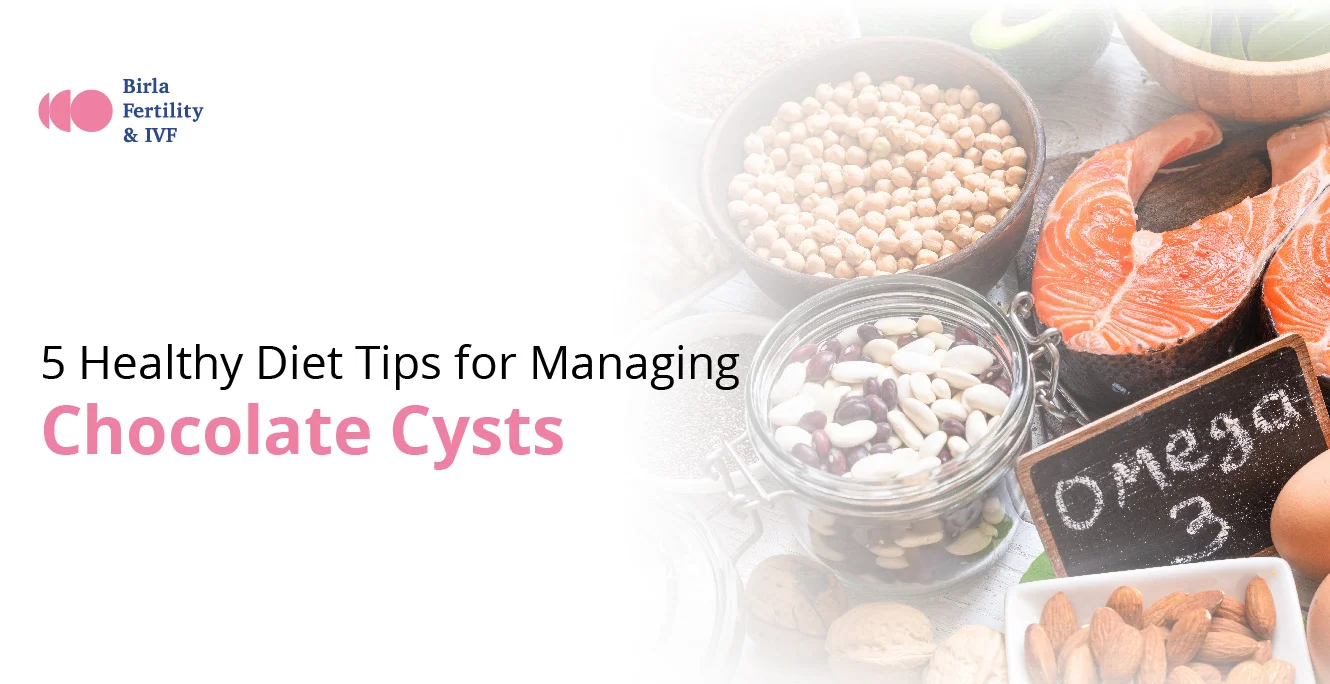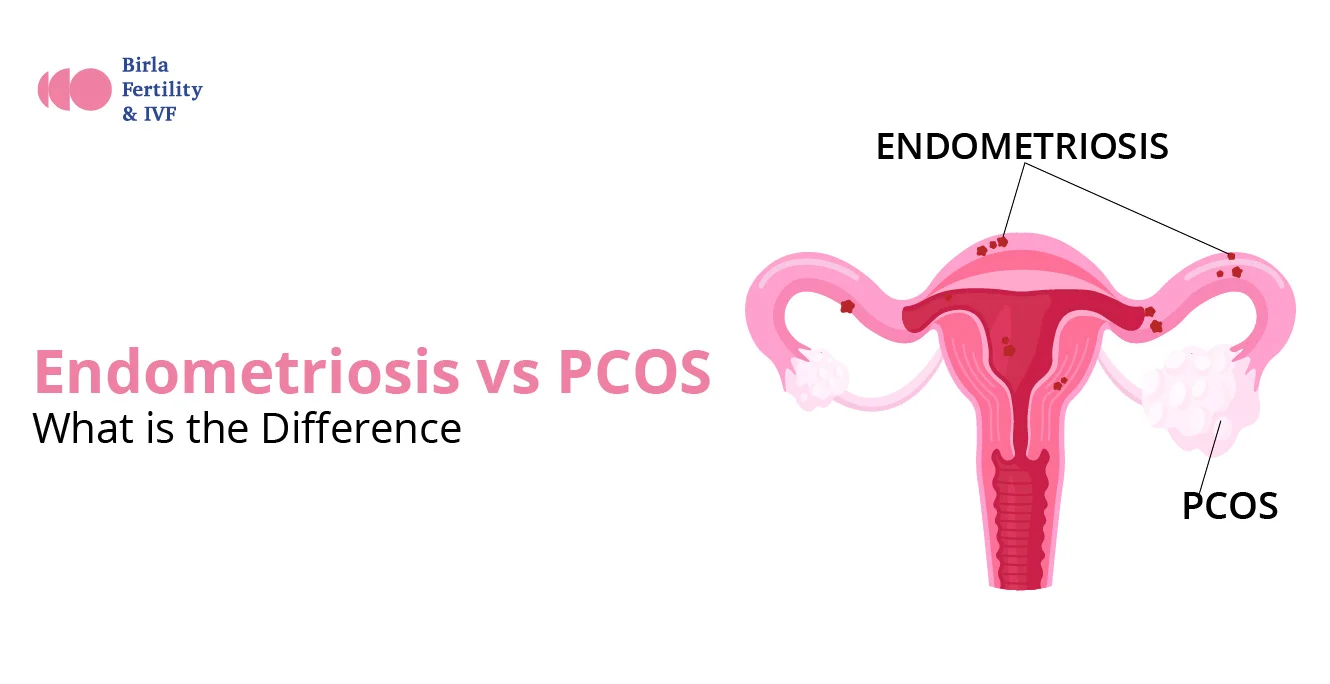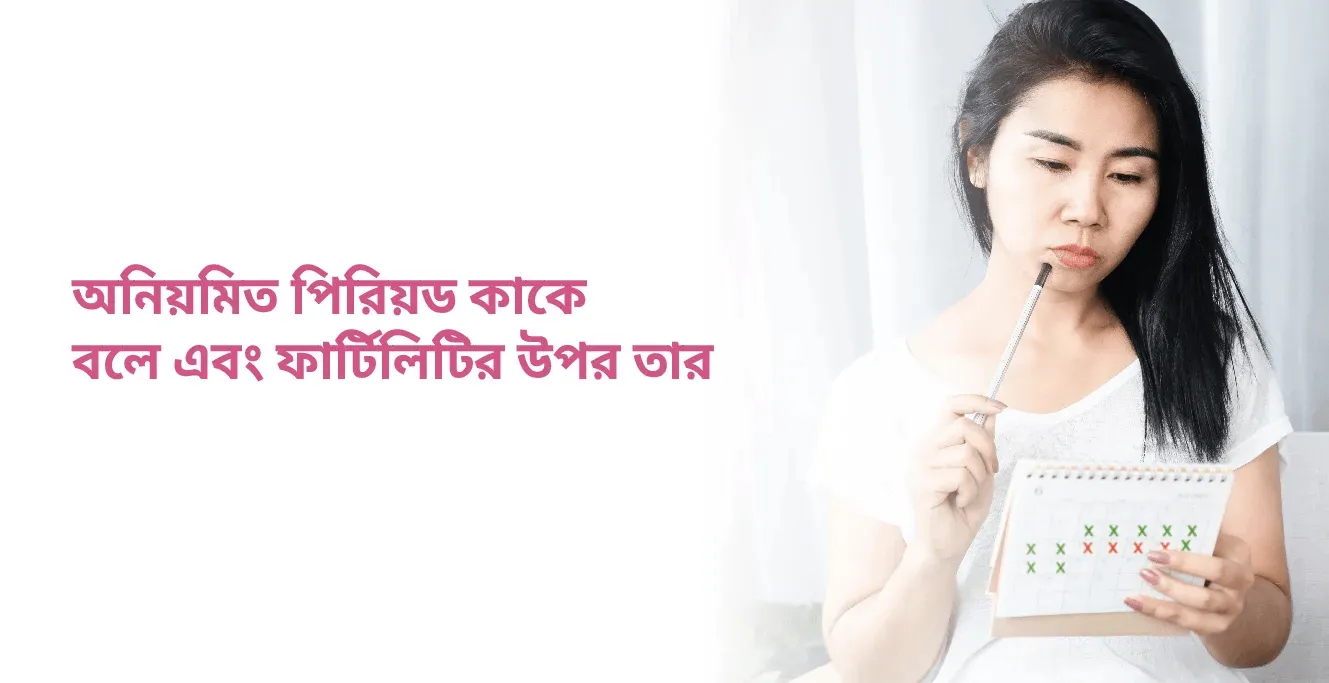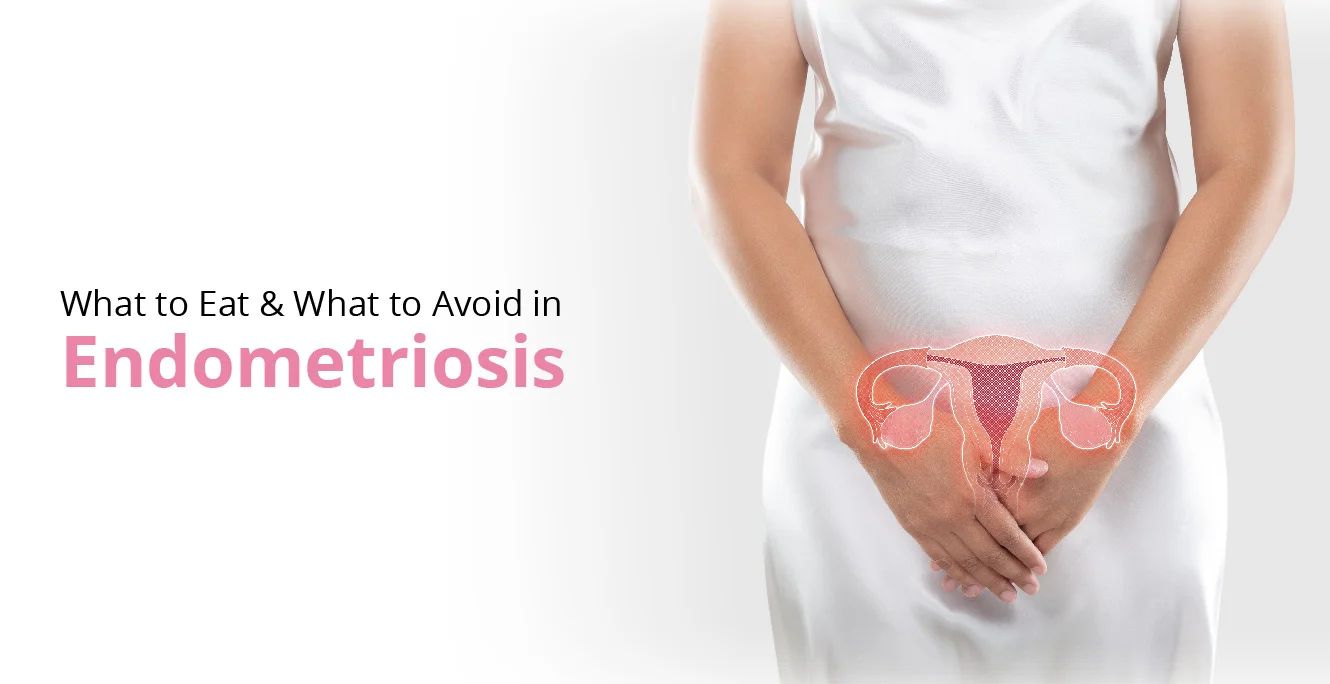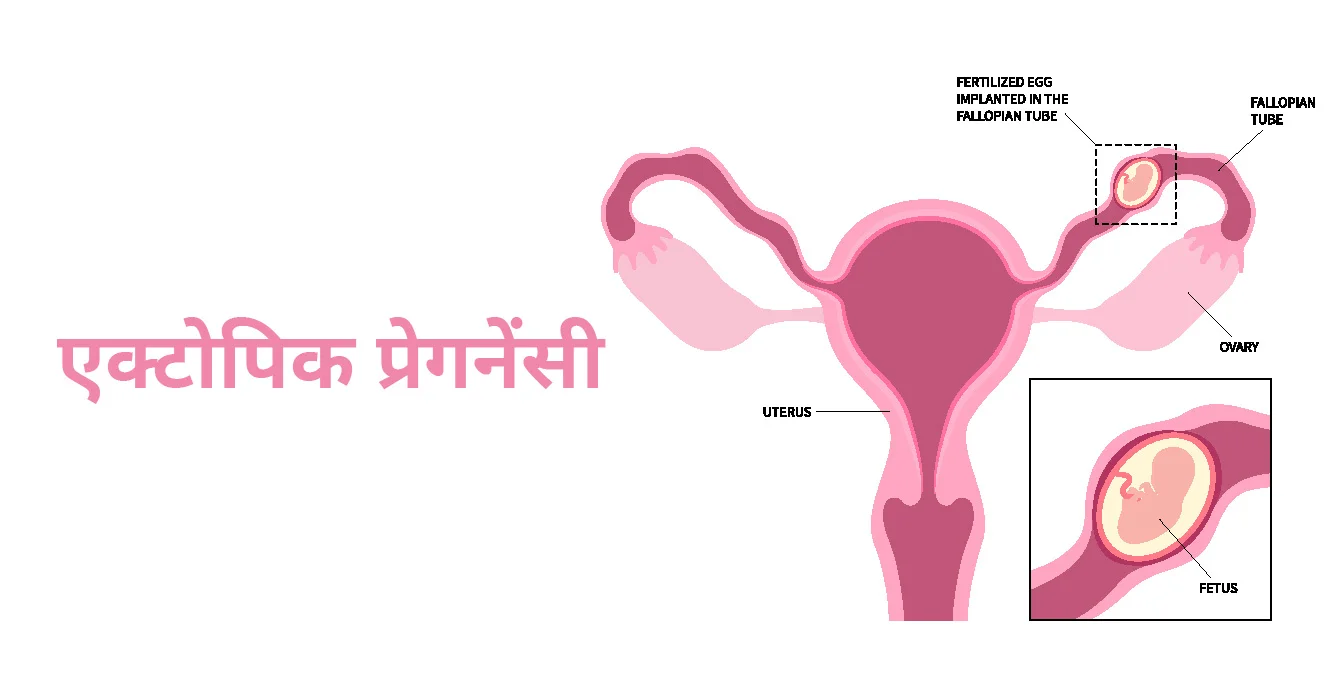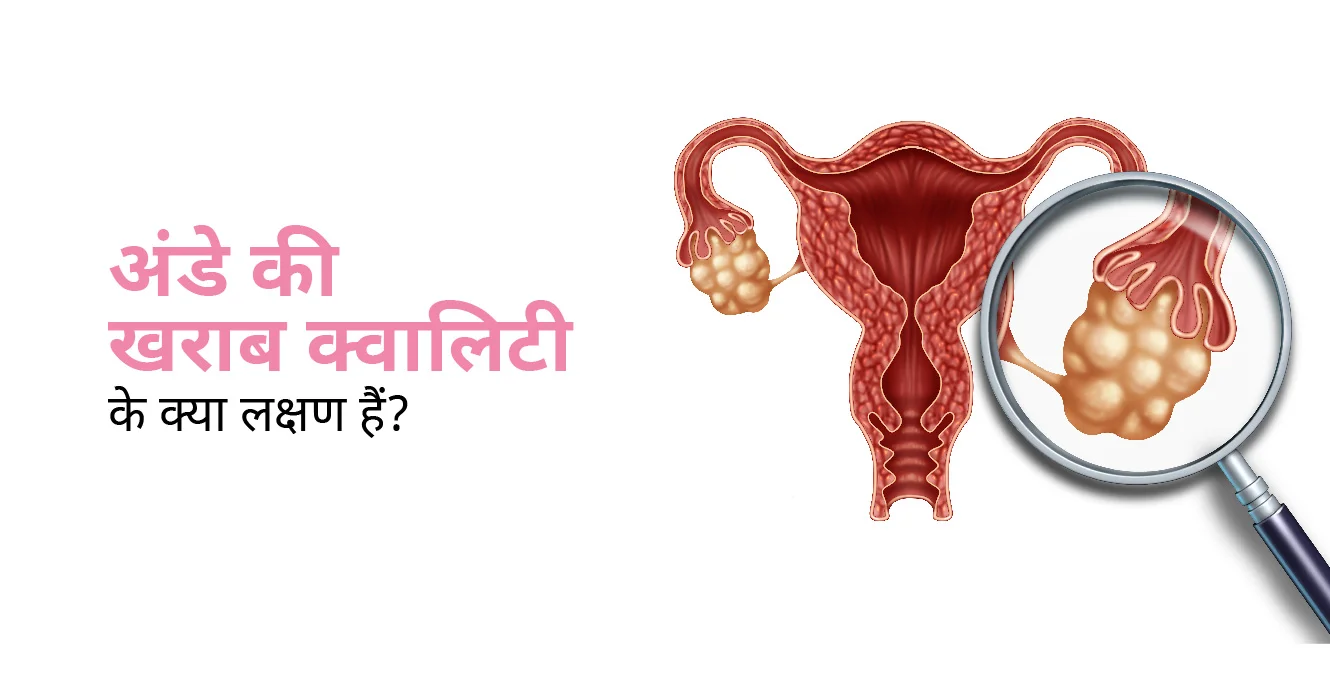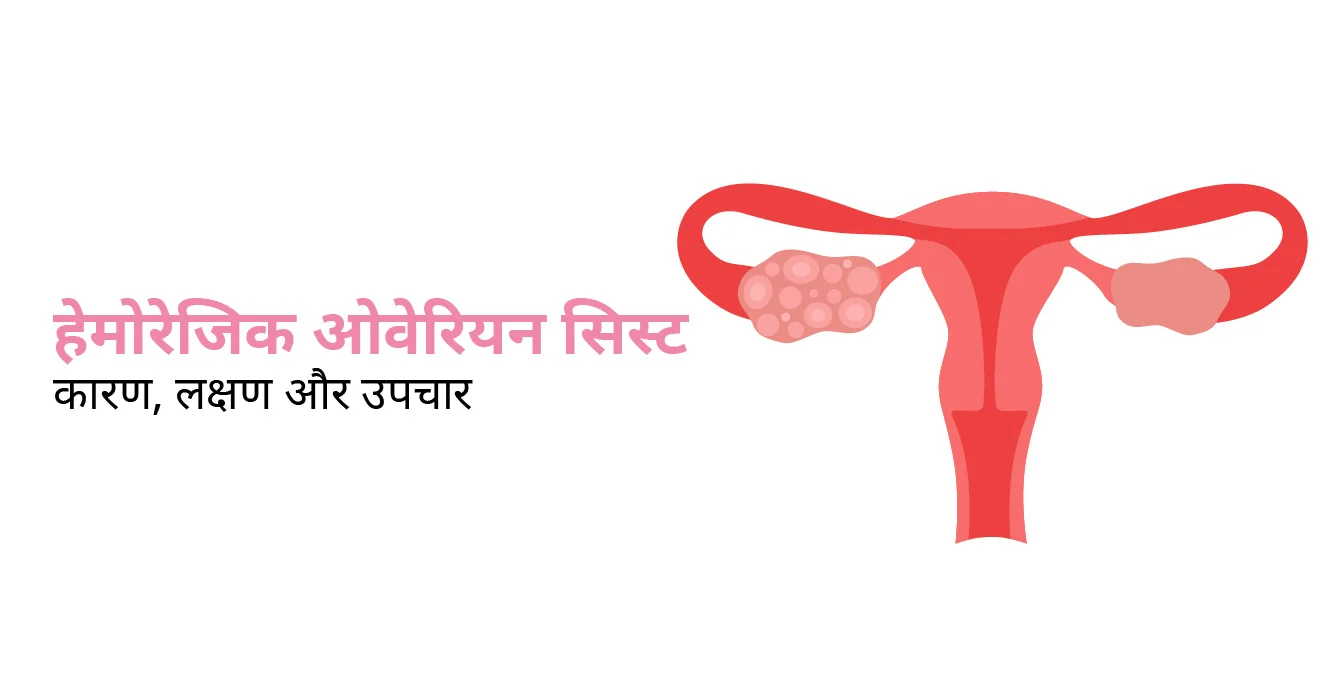If you’re facing challenges with infertility, understanding potential causes like chocolate cysts, also known as endometriomas, is crucial. Recognizing chocolate cyst symptoms is essential, as early diagnosis can make a significant difference in managing your fertility journey.
According to NCBI research, approximately 17 to 44% of women with endometriosis will develop an endometrioma, i.e., chocolate cysts. Endometriosis has been diagnosed in over 50% of women suffering difficulty with infertility and nearly 70% of women with pelvic pain. This article helps you understand chocolate cyst symptoms and the connection between chocolate cysts and pregnancy. But before knowing the intricate details about the condition, let’s first understand “what are chocolate cysts?”
What Are Chocolate Cysts?
Chocolate cysts are a type of ovarian cyst filled with old, dark, reddish-brown blood, giving them their name due to their chocolate-like appearance. They are a manifestation of endometriosis, a condition where tissue similar to the lining of the uterus (endometrium) grows outside the uterus. Endometriomas typically form when endometrial tissue attaches to the ovaries. The size of chocolate cysts may vary from one person to another depending on the severity of the condition. Here is the table you can refer to know the different sizes of chocolate cysts and their characteristics.
| Size Range | Severity | Characteristics |
| < 2 cm | Mild | Often asymptomatic; may cause slight discomfort |
| 2-4 cm | Moderate | Can cause pelvic pain, especially during menstruation |
| 4-6 cm | Moderate severe | Increased risk of significant pelvic pain and heavy menstrual bleeding; may begin to affect fertility |
| >6cm | Severe | Severe pelvic pain, heavy menstrual bleeding, significant impact on ovarian function and fertility |
| >10 cm | Critical | High risk of ovarian torsion, and rupture; requires immediate medical attention |
Chocolate Cysts Symptoms
Chocolate cyst symptoms may vary from one woman to another. Some of the common signs and symptoms include:
- Pelvic Pain: Chronic pelvic pain, especially during menstruation, is a common symptom. The pain may also be felt during ovulation, sexual intercourse, or bowel movements.
- Heavy Menstrual Bleeding: Women with chocolate cysts often experience heavy or prolonged menstrual bleeding.
- Irregular Periods: Irregular menstrual cycles, including spotting between periods, can be a sign of chocolate cysts or endometriomas. endometriosisendometriomas.
- Painful Periods:Dysmenorrhea, or painful periods, is frequently associated with endometriomas. The pain can be severe and debilitating affecting one’s quality of life.
- Infertility: Difficulty in conceiving is often one of the primary indicators of underlying endometriosis and chocolate cysts.
Chocolate Cysts and Pregnancy
Chocolate cysts can minimize the chances of pregnancy and overall fertility in several ways:
- Ovarian Damage:These cysts can damage ovarian tissue, reducing the production and number of healthy eggs available for the fertilization process.
- Hormonal Imbalance:Endometriosis can disrupt the balance of hormones necessary for ovulation and embryo implantation affecting the chances of conception.
- Interference with Ovulation:Large chocolate cysts can physically obstruct the release of eggs from the ovaries.
- Inflammation: The presence of endometriomas can cause inflammation in the pelvic region, which can negatively impact the reproductive organs and environment of fertility.
- Scar Tissue Formation:Endometriosis can lead to the formation of scar tissue and adhesions, which can obstruct the fallopian tubes and hinder the movement of eggs and sperm.
Tips for Chocolate Cysts Symptoms
A few tips can help you manage chocolate symptoms and may improve your overall reproductive health:
- Dietary Changes:Eating a balanced diet rich in anti-inflammatory foods, such as fruits, vegetables, and omega-3 fatty acids, can help reduce inflammation in the affected ovary.
- Exercise: Regular physical activity can help alleviate pelvic pain and improve overall well-being.
- Stress Management:Practices such as yoga, meditation, and mindfulness can help reduce stress, which can improve quality of life while managing symptoms of endometriosis.
Conclusion
Chocolate cysts can significantly impact fertility, but with timely diagnosis and appropriate treatment, many women can manage their symptoms and improve their chances of conception. If you suspect that chocolate cyst symptoms are affecting your fertility and your life quality, then consult a fertility expert to explore your treatment options. Understanding and addressing the implications of chocolate cysts is a crucial step on the path to achieving a healthy pregnancy.


